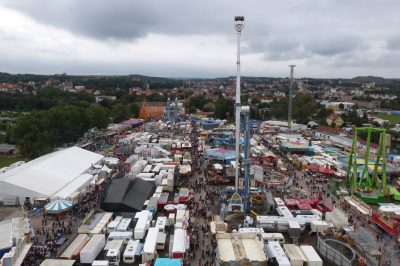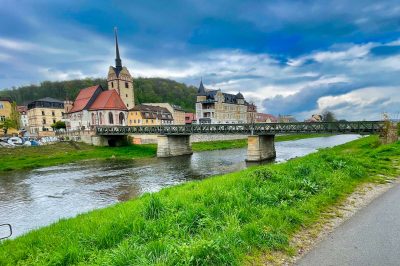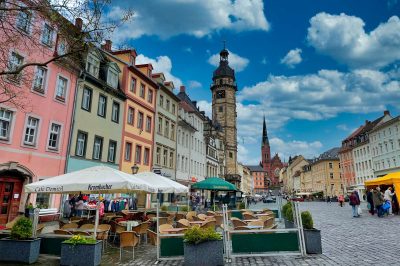County brief | |
|---|---|
Population |
83,51 Mio. |
Area |
357.592 km² |
Form of goverment |
Part of the Federal Republic of Germany |
Currency |
Euro |
Capital |
Berlin |
Official languages |
German, Sorbian |
Religions |
Catholic, Protestant, Jewish, Muslim |
Country code |
+49 |
National Holiday |
October 3 (1990) – German Unity Day |
With the reunification of the two German states in 1990, the German Democratic Republic (GDR) disappeared from the map. But even 30 years after the fall of the Berlin Wall, many of the effects of the 40-year division of Germany can still be felt. Understanding of each other in East and West and of the respective sensitivities may have diminished, but they have by no means disappeared. Studies show that many citizens of the old federal states have not yet visited Eastern Germany. This is one of the main reasons why we at Wild East would like to write about this part of Germany.
East Germany has a lot to offer. Once one of the most sharply guarded and dangerous borders in the world, the old boarder is now only a green strip and nature reserve. And nature is thriving in other areas of Eastern Germany as well. In the Hainich, in Thuringia, a population of rare wild cats is multiplying, lynx roam the forests in the Harz National Park, and wolves are on the prowl again in Lusatia. The Brocken, the highest mountain in the Harz mountains, offers a fantastic panoramic view of Saxony-Anhalt and also across the former border to Lower Saxony. in the Berlin area, in Brandenburg there are not only hundreds of lakes that invite you to swim. The Spreewald also offers a unique cultural landscape with old traditions. At the artificial lakes of the Lusatian Lake District, one can get an idea of the power that man has unleashed in transforming nature by mining lignite. In the Erzgebirge, guests can not only discover Christmas traditions, but also hike across borders into the Czech Republic and climb what was once the highest peak in the GDR, the Fichtelberg.
And the cities of the New Federal States also have more to offer than the decaying charm of socialism. Leipzig and Dresden have long been among the highlights of urban tourism in Germany. The Krämerbrücke in Erfurt may not be as well known as the Ponte Vecchio in Florence, but it is at least as worth seeing. In Weimar you can discover the German classicism of Goethe and Schiller as well as the German modernism, after all the Bauhaus comes from Weimar. In Halle and Chemnitz, the former “Real Socialism” is increasingly giving way to the buildings of a modern German identity, while in Potsdam the heritage of the Prussian kings is still celebrated. Magdeburg, the ancestral seat of King Otto I, can only smile wearily at this. In the cathedral, which is one of the oldest and most beautiful in Germany, one can learn more about this history.
That eastern Germany is still rarely explored is not true, however, at least for two regions. It’s easy to forget that the hipster neighborhoods of Friedrichshain and Prenzlauer Berg in Berlin were once run-down settlements in the east of the city. Today, the whole world meets here for a flat white. And the Baltic coast in Mecklenburg-Vorpommern, with its coastal resorts on Usedom, Rügen and Darß, is also being discovered more and more often by people from the western states.
But there are so many more unknown places in eastern Germany. The following articles should give you an overview and lead you to previously unknown places. Come along and discover the Wild East!
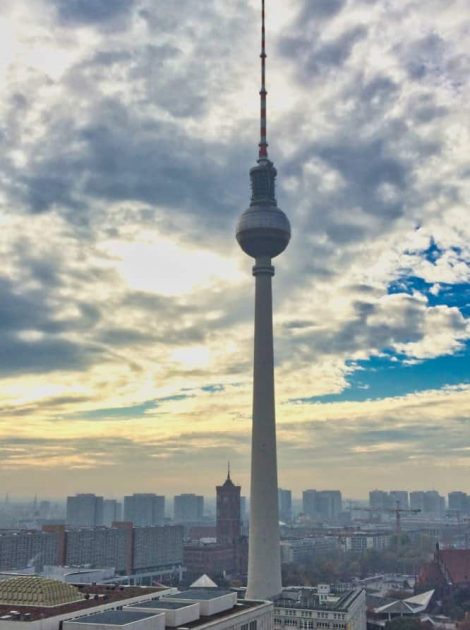
Berlin is without question one of the hipest cities in the world. Every year millions of guests come to see the remains of the Berlin Wall, dance to electronic music in the clubs and eat currywurst. But Berlin is much more than that. We have focused on the east of the city, after all, we are Wild East.
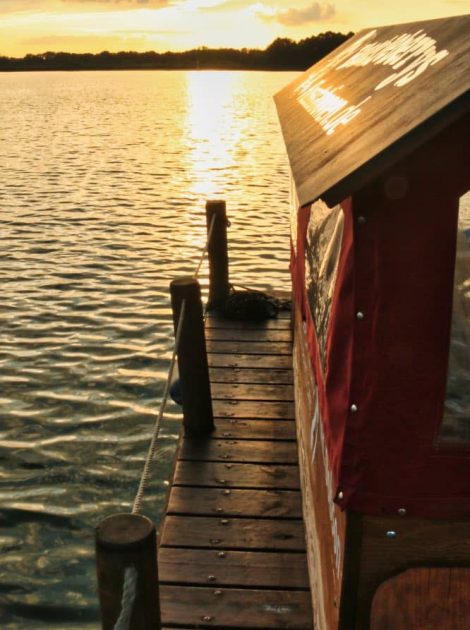
For many people, Brandenburg is just the outskirts of Berlin. What could there possibly be to do there? But it’s not for nothing that Berliners prefer to go swimming at one of hundreds of lakes. The entire state is practically full of lakes. And the cultural landscape of the Spreewald is also worth a visit.
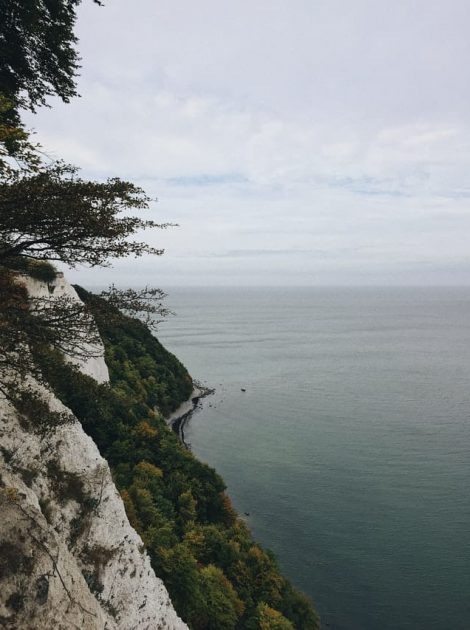
In Mecklenburg-Vorpommern, the whole of Germany goes on vacation. The beaches of Rügen, Usedom or Darß on the Baltic coast are among the most beautiful beaches in Germany. But the state also has some of the most beautiful cities in the region to offer and the inland is also a previously underestimated jewel.
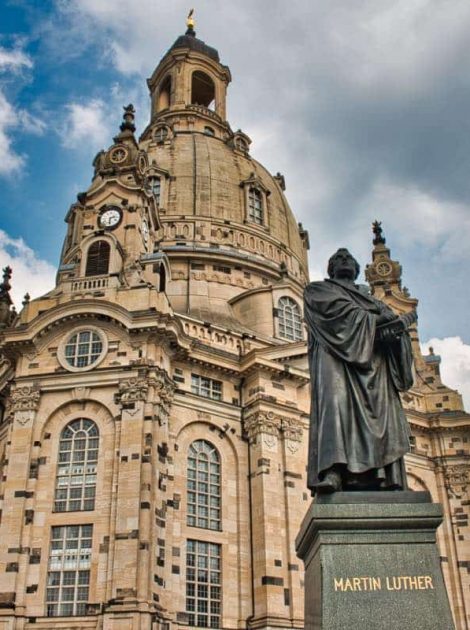
Saxony is to the East what Bavaria is to Germany. This federal state must serve as the basis for all prejudices about the new federal states. It is not only the dialect that is quaint, but also the landscapes between the Zittau Mountains and the Vogtland. Dresden, Leipzig and Chemnitz, on the other hand, offer a variety of museums and other cultural sites and culinary highlights in the pubs and restaurants.
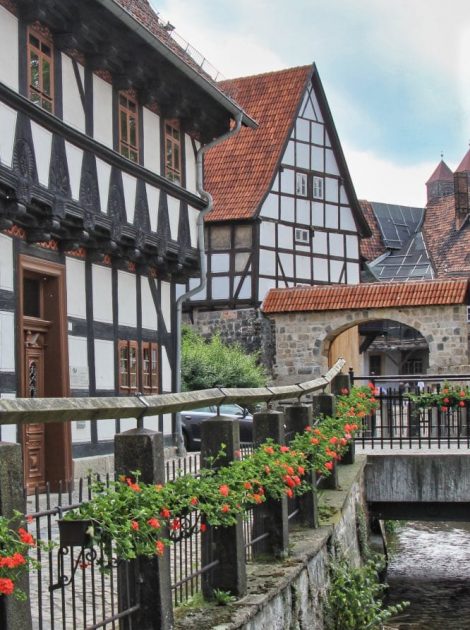
Saxony-Anhalt is probably the most underrated state in the east. But theres is not only the Harz Mountains to see here, but also several world cultural heritage sites just a few kilometers away: Quedlingburg, the sites related to Martin Luther, Magdeburg Cathedral and Naumburg, for example. And if you want to travel far back in time, you can marvel at one of the world’s first star charts: the Nebra Sky Disk.
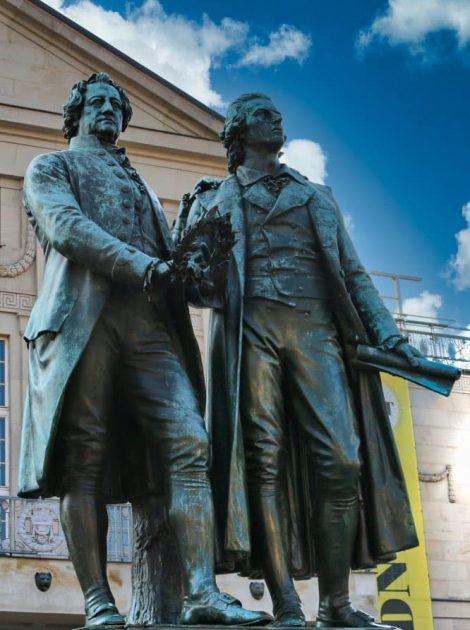
Goethe and Schiller knew why they liked living here. Because Thuringia does not only offer beautiful landscapes, such as those of the Hainich or the Thuringian Forest. But also cities such as Eisenach with the famous Wartburg, Weimar and its classical period and the Bauhaus, as well as Erfurt with cathedral and Krämerbrücke are among the highlights of the reunited Germany.
To prepare your trip even better, we have created a packing list for you. It contains recommendations for things that will make your trip more comfortable and secure.
Finding cheap flights with good connections is not always easy. We are pros at finding the cheapest and best flights. Here we share our experiences with you.
Money withdrawel can be extremely expensive. Especially those who pay a lot with foreign currencies should therefore have a travel credit card, which is free of charge or offers low fees. We tested the best.
